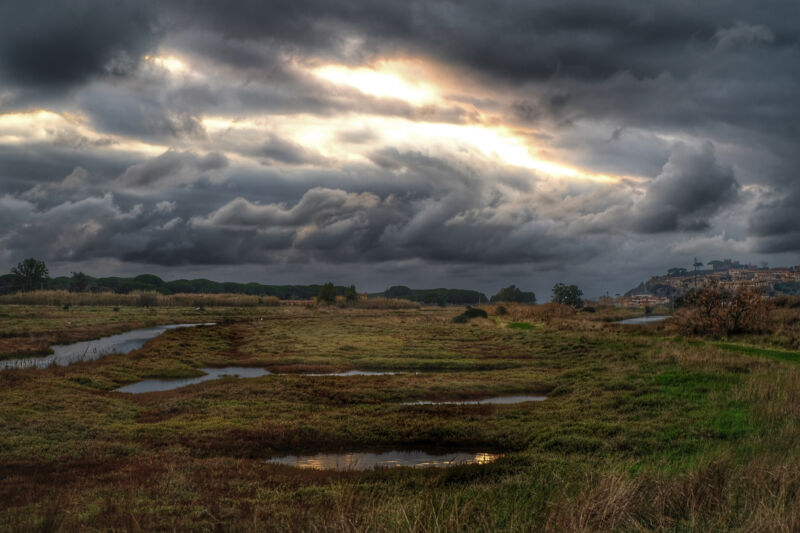Supreme Court limits the EPA’s authority under the Clean Water Act

Enlarge / Wetlands like this may end up a complicated patchwork of regulated and unregulated areas thanks to the latest Supreme Court decision. (credit: Stefano Madrigali)
On Thursday, the US Supreme Court issued a ruling that severely limits the Environmental Protection Agency's ability to regulate pollution under the Clean Water Act. The ruling applies to wetlands that are connected to bodies of water that fall under the Clean Water Act's regulatory scheme, with the court now ruling that those connections need to be direct and contiguous for the act to apply. This would remove many wetlands separated by small strips of land-including artificial structures like levees-from oversight by the EPA.
The decision is a somewhat unusual one in that all nine justices agree that the people who originally sued the EPA should prevail. But there was a very sharply worded 5-4 disagreement over what the word "adjacent" means.
Whose waters are these?The Clean Water Act was a major piece of environmental regulation due to the sometimes horrific pollution prevalent in the early 1970s. Its text applies regulations to the "waters of the United States," a term that has proven sufficiently vague that it has been the subject of various lawsuits and federal regulatory policies over the years. Several geographic features-seasonal streams, human-made water features, and marshlands without a direct connection to rivers-have all been subject to dispute.